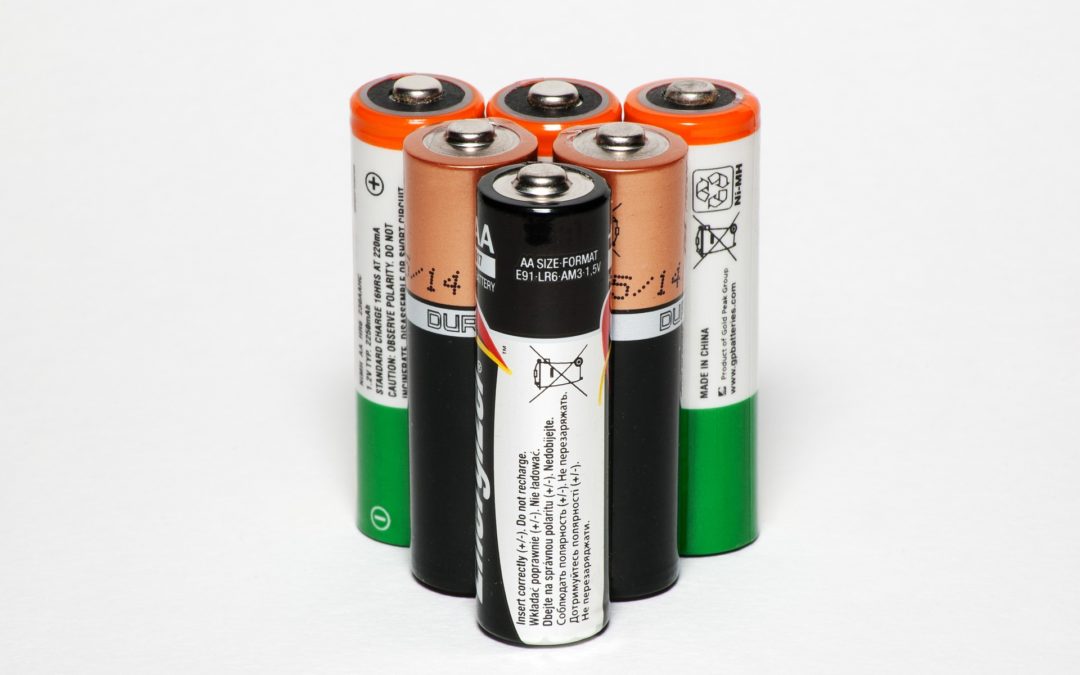Among many things, the inflation reduction act (IRA) is a big investment into our domestic battery production. To get the details, you can read about the IRA from Moss Adams here.
Here is what has us the most excited:
- The establishment of a $27 billion Greenhouse Gas Reduction Fund for the Environmental Protection Agency to allocate towards emissions reductions projects.
- $250 Billion in Energy Infrastructure Loan Guarantees
- $40 Billion in Clean Energy Loan Guarantees
- The multitude of guarantees and incentives to build domestic battery capacity
We will cover more later, but right now I want to highlight how the EV incentive may drive investment and innovation in domestic battery production. The requirements for batteries in EVs lead to increasing investment in innovation. There are two parts.
- Battery materials must be sourced in the United States or a country that has a free trader agreement with the United States.
- Batteries must be assembled in the United States, Canada, or Mexico.
This will limit what Electric Vehicles qualify for the incentive, but it won’t eliminate them.
Batteries qualify by having a certain percentage (escalating over time) meet the requirements. There is no clarity on the requirements currently. Everyone is waiting on the Department of Transportation and the Treasury to make the final rules. Whatever they end up being, there is likely not enough capacity for materials and assembly to meet the potential demand. With high demand and shortages of materials, there will be investment to expand supply and innovation to increase efficiency/ reduce cost. Innovation in battery design and manufacturing should boom. The IRA is providing over $100 Billion in loans to speed up the transition.
We have talked about Battery Advancements in the past. Now, we hope to see these advancements make it to the practical world.
New battery design, and chemistry are where I am excited about innovation. So far in the US there have been over% 15 Billion committed to building domestic capacity. PEM Motion has a good Battery Atlas for Europe here. Over the past year, there were major investments by vehicle OEMs Tesla, Toyota, GM, Ford, and VW to build domestic battery capacity. They are partnering with major battery companies like SK Industrials, and LG Chem, who are also building plants of their own. Most analysts think this is not enough and we may need up to $100 Billion in battery manufacturing. With that amount of investment, slight improvements in battery design and manufacturing go a long way. Even with two Giga factories, Tesla is looking at investing $10 Billion more to keep their advantage.
While the energy transition increases demand for storage, the investment from the IRA should get us ahead, increasing competition and building needed capacity.
ABOUT THE AUTHOR
Thomas is the Executive Director of CleanStart. Thomas has a strong background in supporting small businesses, leadership, financial management and is proficient in working with nonprofits. He has a BS in Finance and a BA in Economics from California State University, Chico. Thomas has a passion for sustainability and a commitment to supporting non-profits in the region.
Sponsors




Weintraub | Tobin, Revrnt, Moss Adams, PowerSoft.biz, Greenberg Traurig


